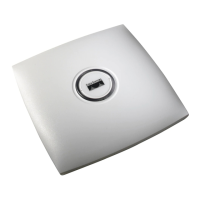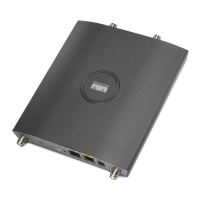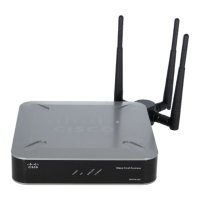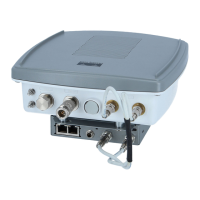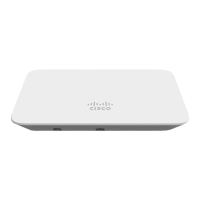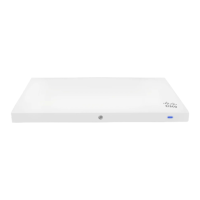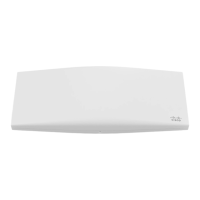Using 1552 802.11n provides you higher throughput and more capacity. It offers a very fat backhaul pipe
to start with from the RAP.
Figure 58: AP1552 Backhaul Throughput
Note
Table 31: AP1552 Backhaul capacity
FourThreeTwoOneRAPHOPS
15 Mbps25 Mbps41 Mbps83 Mbps112 MbpsMaximum Throughput (20
MHz BH)
35 Mbps49 Mbps94 Mbps111 Mbps206 MbpsMaximum Throughput (40
MHz BH)
Configuring Ethernet Bridging
For security reasons, the Ethernet port on all MAPs is disabled by default. It can be enabled only by configuring
Ethernet bridging on the root and its respective MAP.
Exceptions are allowed for a few protocols even though Ethernet bridging is disabled. For example, the
following protocols are allowed:??– Spanning Tree Protocol (STP)?– Address Resolution Protocol (ARP)?–
Control And Provisioning of Wireless Access Points (CAPWAP)?– Bootstrap Protocol (BOOTP)
packets??Due to the exceptions and to prevent loop issues, we recommend that you do not connect two
MAPs to each other over their Ethernet ports, unless they are configured as trunk ports on different native
VLANs, and each is connected to a similarly configured switch.
Note
Ethernet bridging has to be enabled for two scenarios:
1
When you want to use the mesh nodes as bridges (see Figure 59: Point-to-Multipoint Bridging, on page
132).
Cisco Mesh Access Points, Design and Deployment Guide, Release 7.3
OL-27593-01 131
Connecting the Cisco 1500 Series Mesh Access Points to the Network
Configuring Local Mesh Parameters
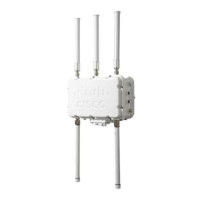
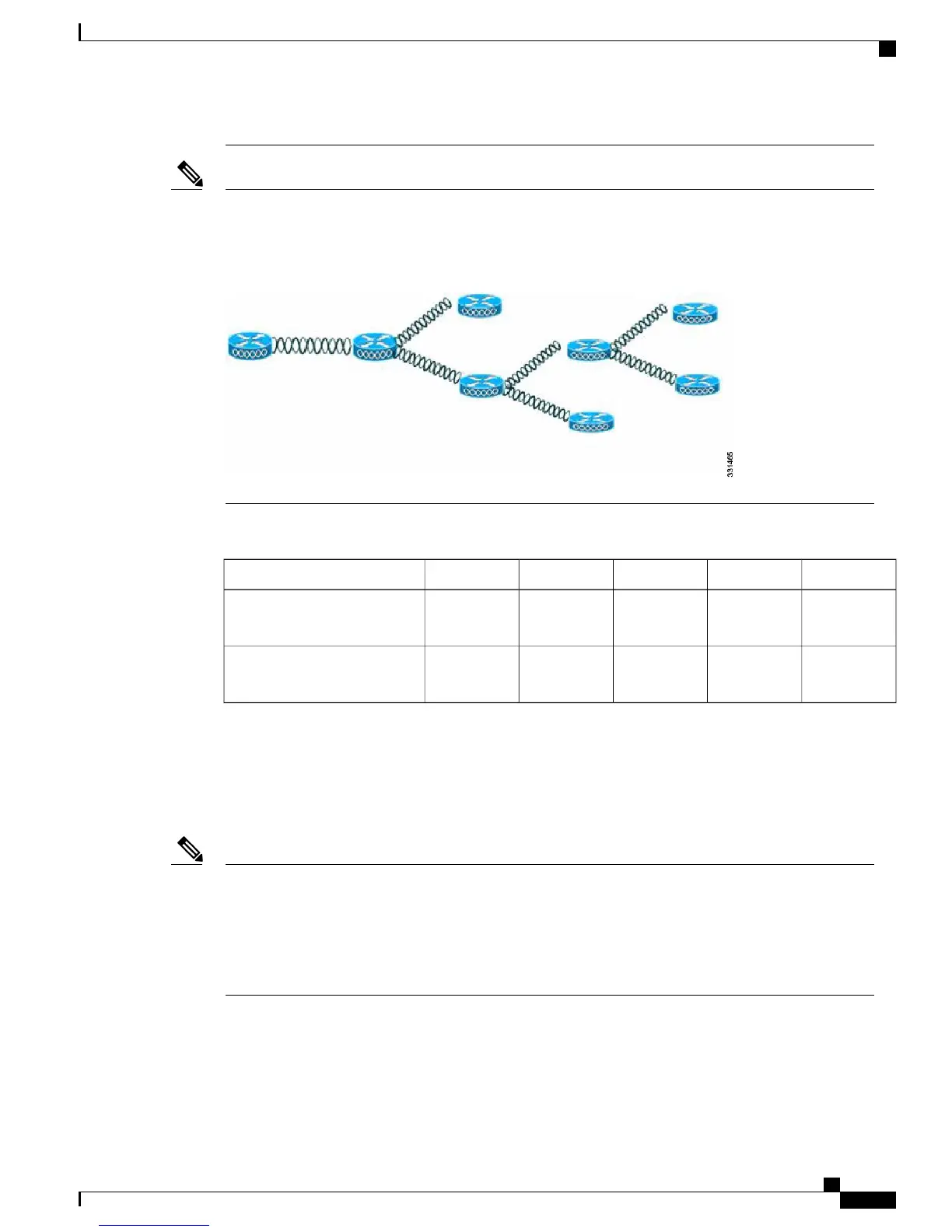